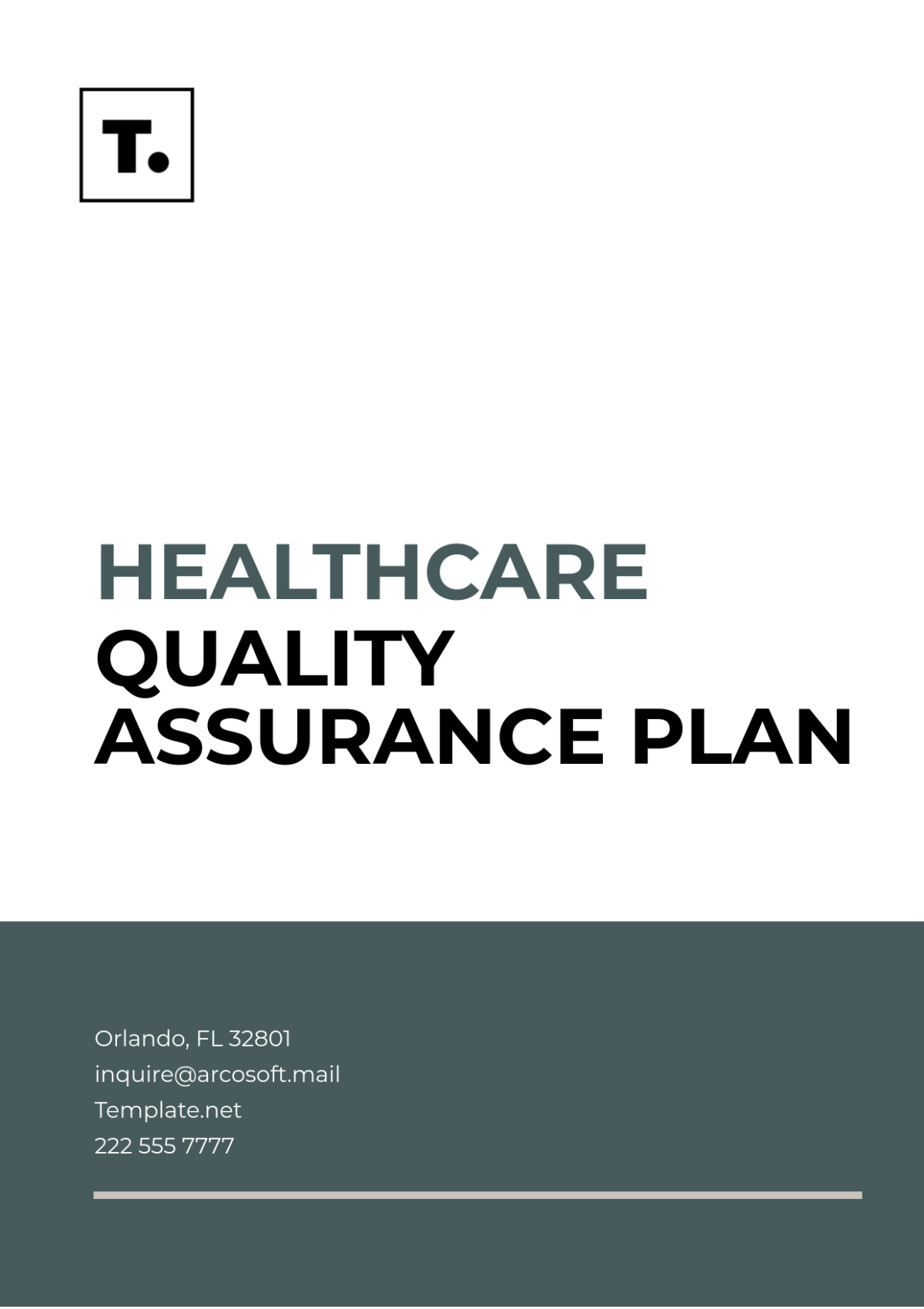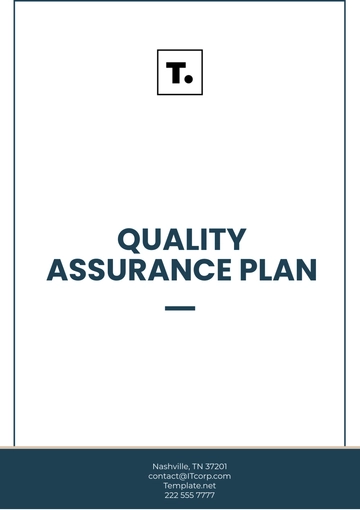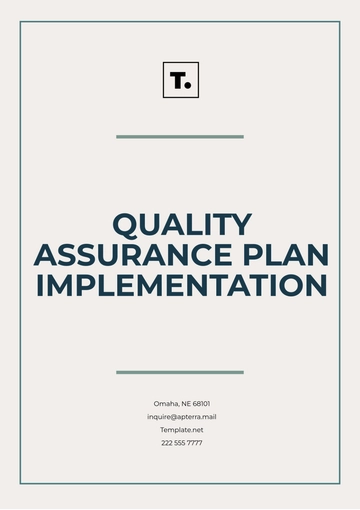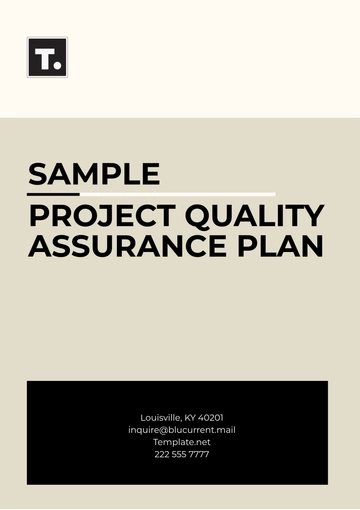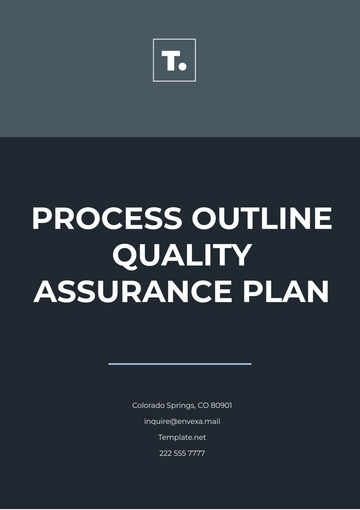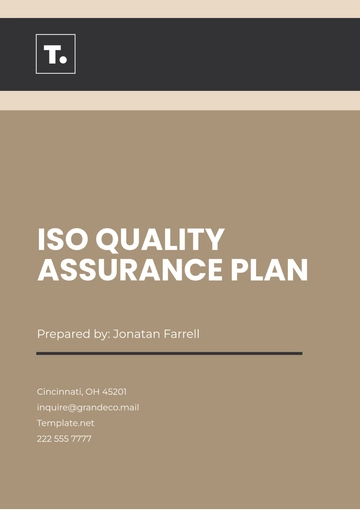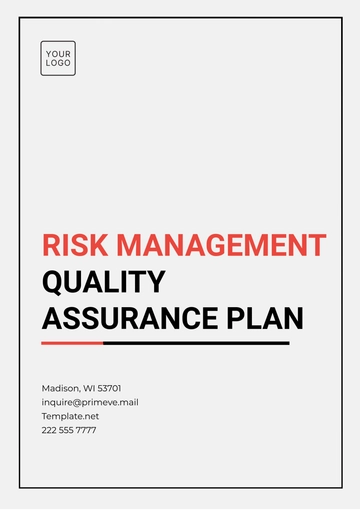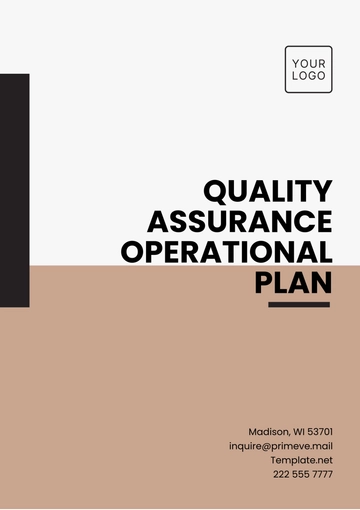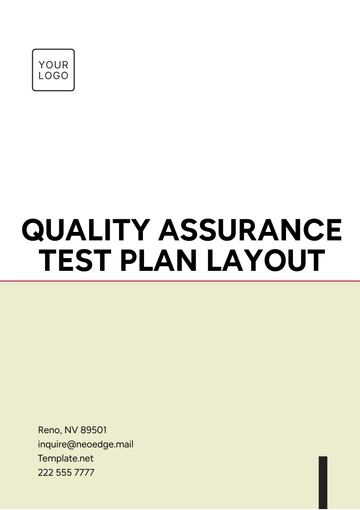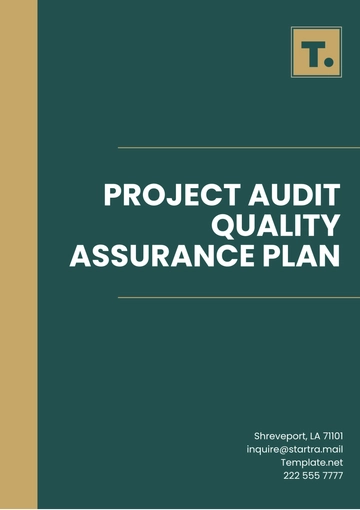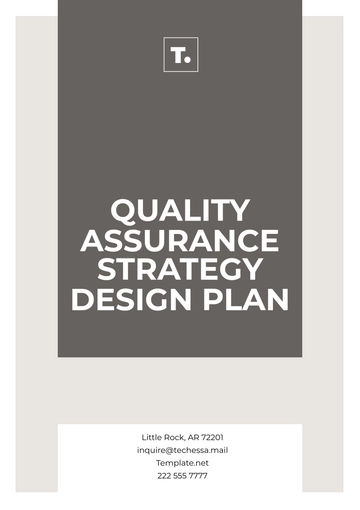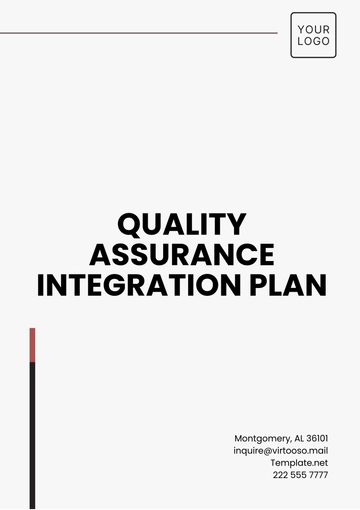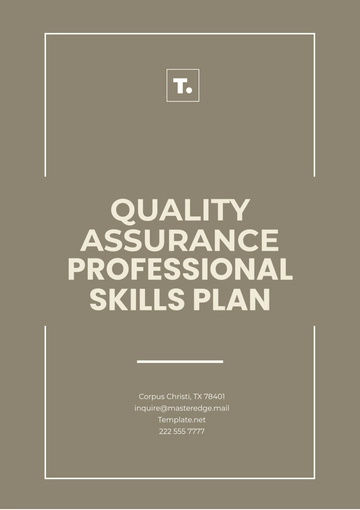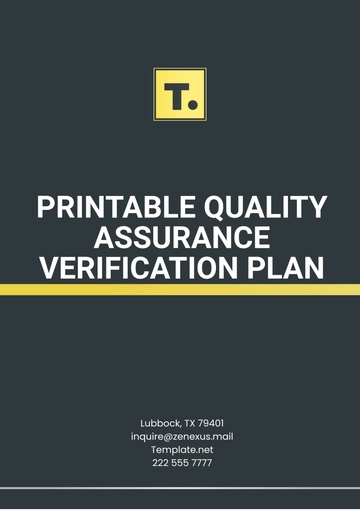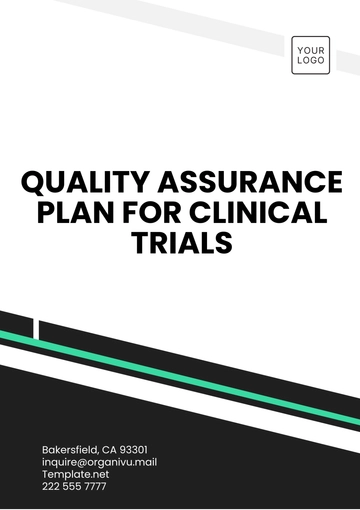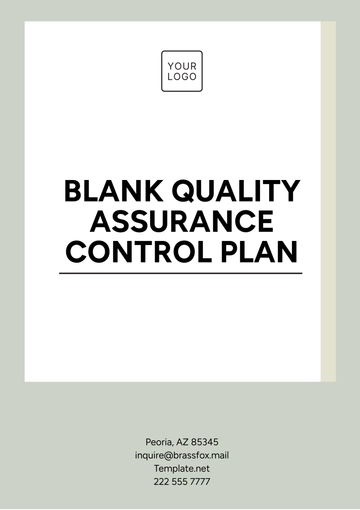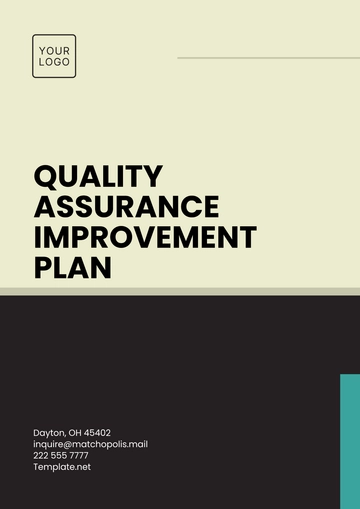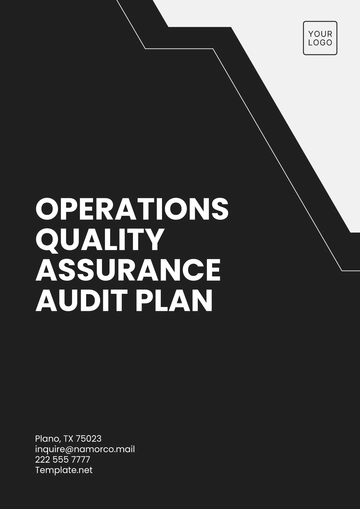Healthcare Quality Assurance Plan
Introduction
The Healthcare Quality Assurance Plan serves as a comprehensive framework for ensuring that all healthcare services provided within our organization meet the highest standards of quality and safety. This plan outlines the methodologies, processes, and responsibilities necessary for monitoring, evaluating, and improving healthcare delivery. By adhering to this plan, we aim to enhance patient outcomes, ensure compliance with regulatory standards, and foster a culture of continuous improvement.
Goals and Objectives
Goals
To provide high-quality healthcare services that meet or exceed patient expectations.
To ensure compliance with all applicable regulatory and accreditation standards.
To promote a culture of safety and continuous improvement within the organization.
Objectives
Establish clear performance metrics to evaluate the quality of care.
Implement ongoing training and education programs for staff.
Develop mechanisms for patient feedback and satisfaction measurement.
Regularly assess and improve clinical processes and outcomes.
Scope
This Quality Assurance Plan applies to all departments within the organization, including but not limited to:
Quality Assurance Framework
1. Data Collection and Analysis
Performance Metrics: Define key performance indicators (KPIs) to measure quality, including patient satisfaction scores, readmission rates, infection rates, and clinical outcomes.
Data Sources: Utilize electronic health records (EHR), patient surveys, incident reports, and clinical audits as primary data sources.
2. Quality Improvement Initiatives
CQI Committees: Establish interdisciplinary teams responsible for identifying quality improvement opportunities and implementing changes.
Root Cause Analysis: Conduct root cause analysis (RCA) for significant adverse events to identify contributing factors and prevent recurrence.
Performance Improvement Projects (PIPs): Develop targeted projects aimed at specific quality improvement areas based on data findings.
3. Staff Training and Development
Orientation Programs: Include quality assurance and safety training in new employee orientation.
Ongoing Education: Provide regular workshops and training sessions to ensure staff remain knowledgeable about best practices and quality standards.
Competency Assessments: Regularly assess staff competencies related to quality and safety practices.
4. Patient Feedback Mechanisms
Patient Satisfaction Surveys: Implement regular surveys to gather feedback on patient experiences and satisfaction levels.
Complaints and Grievance Process: Establish a clear process for patients to voice complaints or concerns, ensuring timely and effective resolution.
Patient Advisory Councils: Create councils composed of patients and family members to provide input on quality initiatives and service improvements.
5. Compliance and Regulatory Adherence
Internal Audits: Conduct regular audits to ensure compliance with internal policies and external regulations.
Accreditation Readiness: Prepare for external audits by maintaining documentation and evidence of compliance with regulatory standards.
Policy Review: Regularly review and update policies to align with current regulations and best practices.
Monitoring and Evaluation
Performance Review
Quarterly Quality Reports: Generate reports summarizing quality metrics and performance improvement initiatives, which will be reviewed by the Quality Assurance Committee.
Annual Quality Review: Conduct a comprehensive annual review of the Quality Assurance Plan to evaluate its effectiveness and identify areas for enhancement.
Continuous Improvement
Feedback Loop: Implement a system for incorporating feedback from staff, patients, and stakeholders into the quality assurance process.
Adjustments to the Plan: Modify the Quality Assurance Plan as needed based on evaluation outcomes, emerging best practices, and changing healthcare regulations.
Conclusion
The Healthcare Quality Assurance Plan is an essential component of our commitment to delivering exceptional patient care. Through systematic monitoring, evaluation, and continuous improvement, we aim to ensure the highest standards of quality and safety in all aspects of healthcare delivery. This plan will be regularly reviewed and updated to reflect our ongoing dedication to excellence in healthcare.
Contact Information
For further inquiries or feedback regarding the Healthcare Quality Assurance Plan, please contact:
Plan Templates @ Template.net
